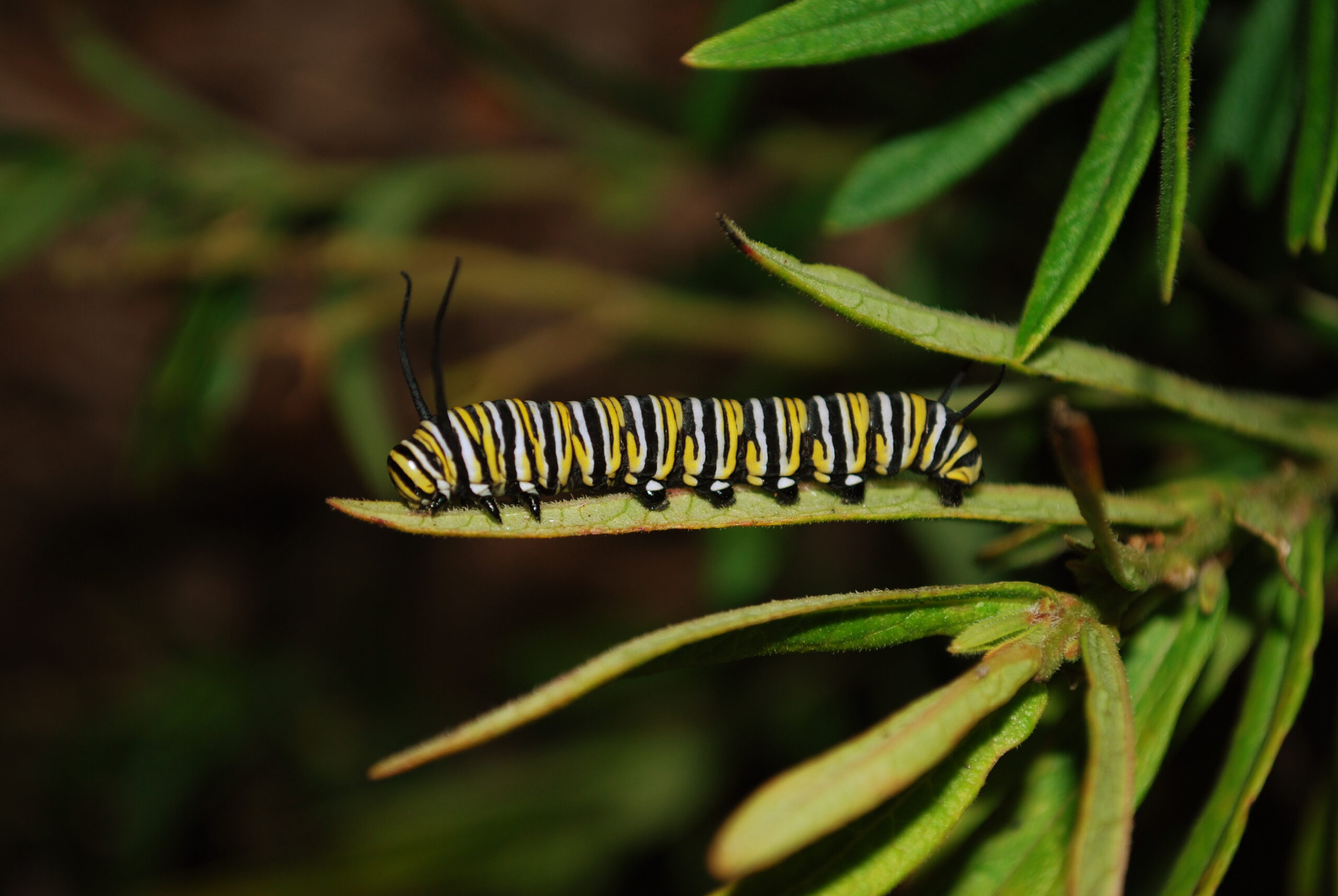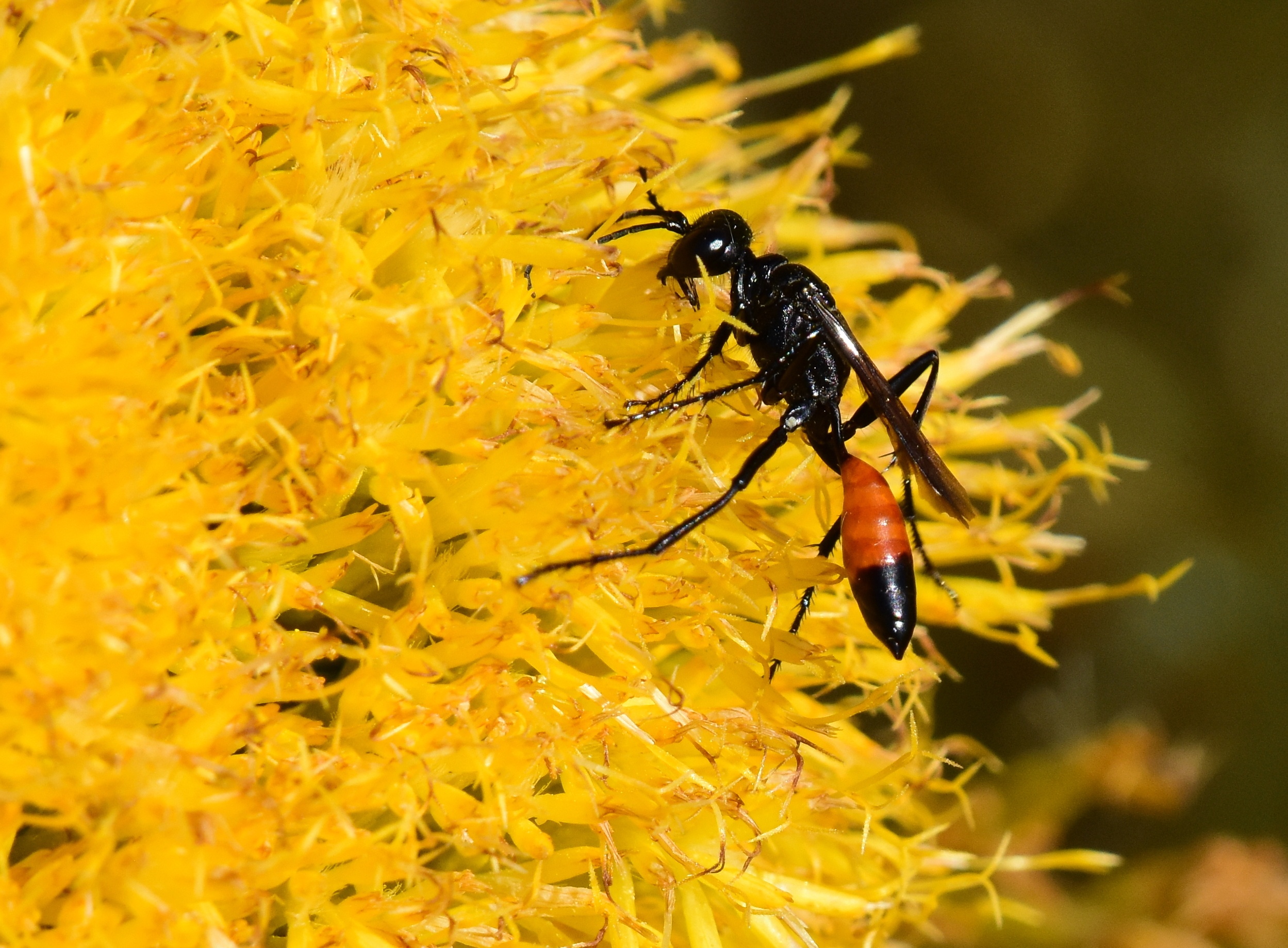We have much more to do and your continued support is needed now more than ever.
Pollinator Week: Birds, Bees, & Everything in Between

It’s National Pollinator Week! National Pollinator Week is an annual event celebrated from June 19th through June 25th to honor the unsung heroes of our gardens, fields, and farms.
Over 100,000 invertebrates—including bees, butterflies, beetles, moths, wasps, and flies—and more than a thousand mammals, birds, reptiles, and amphibians take on the job of pollinating plants.
At least 80% of all flowering plant species need the help of wildlife to move their heavy pollen grains from plant to plant for fertilization.
Bees
Worldwide, there are an estimated 20,000 species of bees, and approximately 4,000 bee species are native to the United States. As they forage, bees perform the critical act of pollination. In fact, bees pollinate a staggering amount of all flowering plants, including many fruits, nuts, and vegetables grown in the United States.
Bumble bees are important pollinators of wild flowering plants and agricultural crops. They are characterized by their rounded, fuzzy bodies and their ability to perform “buzz pollination,” which involves grasping a flower in their jaws and vibrating their wing muscles to dislodge the pollen. Many plants—including a number of wildflowers and crops like tomatoes, peppers, and cranberries—benefit from buzz pollination.
Fun fact: Some species of bee employ a technique called sonication, or buzz pollination, when they harvest pollen. The bee rapidly vibrates its flight muscles while attached to the flower which loosens the pollen, making it easier to collect.

Hummingbirds
Hummingbirds are amazingly adapted pollinators and play an essential role in pollinating many plants. They have long, slender bills and tongues with a two-pronged, feather-like tip that they use to drink nectar from brightly-colored flowers. They drink up to two times their body weight per day. As they move from plant to plant, they carry pollen. As they pollinate native plants in the wild and in your garden, hummingbirds add a splash of color to our landscapes.
Most hummingbird feeders are red to mimic the blooms of the native plants they naturally feed on. In addition to flower nectar, hummingbirds also rely on tiny invertebrates as a key food source, including mosquitoes, flies, and spiders.
In North America, ruby-throated hummingbirds populate the eastern United States; common species in the west include broad-tailed, rufus, and black-chinned.

Monarch Butterflies
The monarch butterfly is one of North America’s most iconic species, with vibrant orange-and-black wings that streak across the sky. The impressive monarch makes a multi-generational 3,000-mile migration, traveling south to Mexico each fall and back up to Canada in the spring.
As adults, monarchs feed on nectar from a wide range of blooming native plants, including milkweed. Milkweed produces glycoside toxins to deter animals from eating them, but monarchs have evolved immunity to these toxins. As they feed, monarch caterpillars store up the toxins in their body, making them taste bad, which in turn deters their predators. The toxins remain in their system even after metamorphosis, protecting them as adult butterflies as well.
Monarchs have suffered a population decline upward of 90 percent in recent decades. The decline is inextricably linked to a decline in milkweed. Without milkweed, monarchs can’t complete their life cycle, and populations plummet.

Native Plants and Climate Change
Pollinators are impacted by climate change in a number of ways. Warmer temperatures can encourage plants to bloom sooner than usual. Not all pollinators can adapt to an early blooming season, which means that many pollinators may have limited food availability from plants.
Pollinators are also vulnerable to periods of drought. With warm weather and low precipitation, flowers produce less nectar to conserve energy. Reduced nectar means that pollinators get fewer calories and sugar which can lower reproduction.
Native plants have formed symbiotic relationships with native wildlife over thousands of years, offering the most sustainable habitat. Native plants help the environment the most when planted in places that match their growing requirements and will thrive in your region’s soils, moisture, and weather.

Bats
Most people associate pollination with bees and butterflies but often forget the work of their furry colleagues: bats. Not all bats eat insects. Some live on a diet of nectar and fruit. Bats that feed on nectar also serve as pollinators to nighttime blooming plants.
Bats take the night shift, playing a major role in pollinating crops. So naturally, these bats feed on flowers, including those of valuable commercial crops, like figs, dates, bananas, and mangoes which have flowers that only open at night. In North America bats pollinate agave, which is used to make products like tequila, mezcal, and agave nectar.
Throughout time, plants and mammals have shared a dependency on one another that is mutually beneficial.

Wasps
As the poster animals for the plight of declining pollinators, bees are much beloved by the public. Did you know bees evolved from wasps? Yes, wasps are pollinators too.
Wasps, like bees, have very high-energy needs that must be met for their survival. They need key resources such as pollen and nectar from a variety of flowers. Many wasps feed on flower nectar, but unlike bees most species are also carnivorous or parasitic, feeding on other insects (including pests) and spiders.
Many wasps are smooth-bodied and do not actively collect pollen. Those with hairs lack the branched, pollen-trapping hairs found on most bees, making them relatively minor pollinators of most plants.
Nonetheless, they do provide pollination, carrying and dropping some pollen grains as they move among flowers.

For further information on pollinators, native plants, and other helpful resources:
- NWF Wildlife Guide; Pollinators
- 10 Ways to Save Pollinators
- NWF Conservation; Monarch Butterfly
- Garden for Wildlife; Native Plant Finder
- Reconsidering Wasps
- Step Up to Bat (Quiz)
- NWF Wildlife Guide; Bats
- Attracting Birds, Butterflies, and Other Backyard Wildlife
- Mayors Monarch Pledge
- Community Wildlife Habitats





















